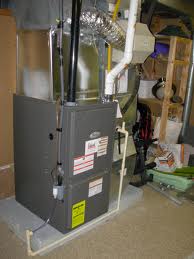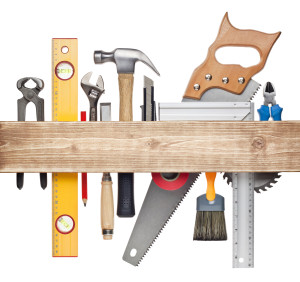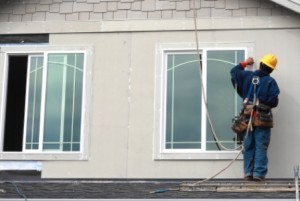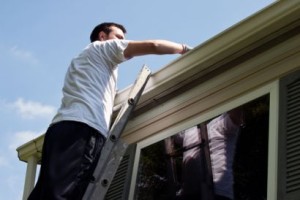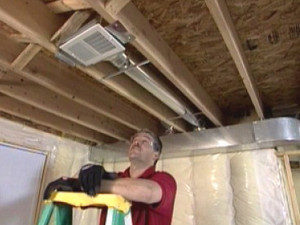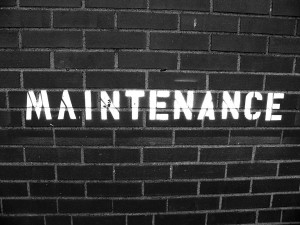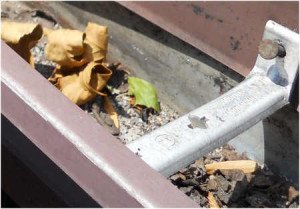 This website is all about helping homeowners save money. We tend to focus on do-it-yourself items around the home that can be accomplished by the homeowner. We have also covered saving money heating your home, cooling your home, and even reducing gasoline consumption. One area we have to tackle is home insurance. Can you answer the question, what does my home insurance cover? Most people make assumptions. They then receive a rude shock when they find out they are not covered or only partially covered for a damage claim.
This website is all about helping homeowners save money. We tend to focus on do-it-yourself items around the home that can be accomplished by the homeowner. We have also covered saving money heating your home, cooling your home, and even reducing gasoline consumption. One area we have to tackle is home insurance. Can you answer the question, what does my home insurance cover? Most people make assumptions. They then receive a rude shock when they find out they are not covered or only partially covered for a damage claim.
Check your home insurance coverage right now and confirm what coverage you actually have. Many insurance plans offer reduced fees, but they also may cover less than you think they did or should. For example, are you covered for the following types of claims?
- Damage caused by animals e.g. raccoons in the attic
- Wind damage
- Damage from hail
- Sewer backup
- Water seepage through the roof
- Cracked foundations
A significant item that affected the writer personally was damage from water leakage through the roof. My insurance company paid for the damage the water caused. However, they did not cover the damage to the roof or remove the ice dam. We were on our own for that. We had to have the ice dam removed to prevent future leaks as well.
What does My Home Insurance Cover?
If you have any doubt call your home insurance company today. Review all of the potential major claim areas and make an informed decision regarding which add-on coverage you need to purchase or continue taking the risk of not being covered.
Damage from animals entering your attic may also not be covered. Roof repairs, animal prevention, damage to the insulation, or worse are among the claims you might make, however you may not be covered for any of it. My own insurance does not cover this particular area and they do not offer an add-on for this particular claim.
While it might cost you a few more dollars each month to have added coverage, the savings could be in the thousands of dollars. For many people on a tight budget, it can be a difficult decision. Evaluate the risk of the event occurring, the cost of the insurance coverage, and the potential damage that may be caused. Then make an informed decision.
Many people will decide to continue to assume the risk. For example, in many areas earthquake insurance is just too expensive. They decide to absorb the risk themselves and know they will have to pay for rebuilding themselves if this particular threat were to materialize.
For other posts about home insurance ideas and claims, click here.

